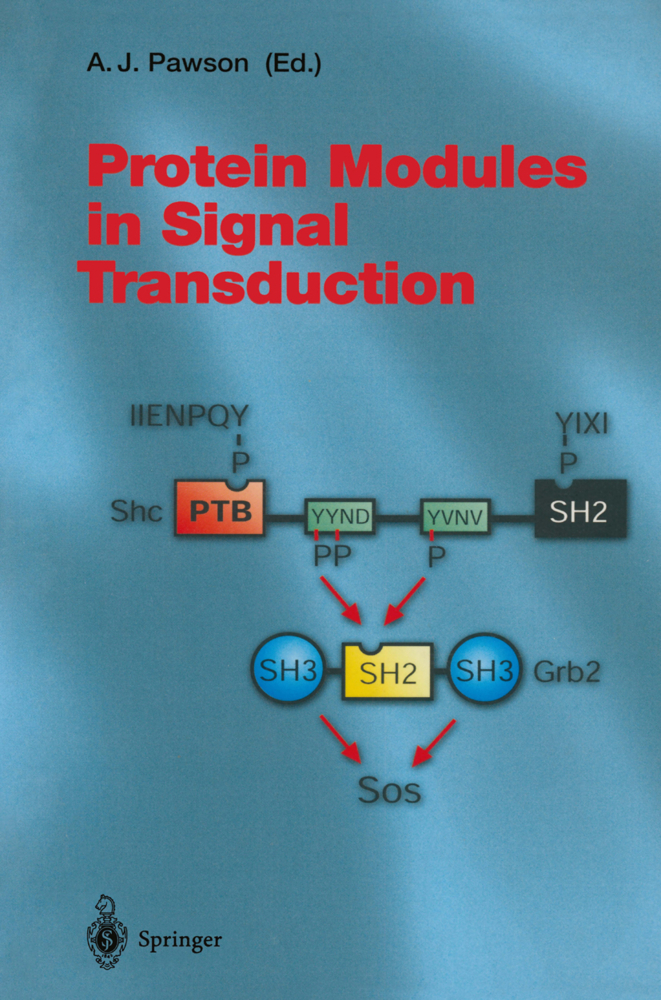Innate Immunity of Plants, Animals and Humans
Innate Immunity of Plants, Animals and Humans
All living organisms are in a constant battle against their environment. Since uncontained microorganisms would simply overgrow all higher animals, the evolution of multicellular organisms required adequate and efficient defense mechanisms to protect their own integrity and to ensure their own survival. These defense mechanisms, encompassing receptor proteins that sense the presence of pathogens and effector molecules that are involved in controlling them, are the elemental parts of the innate immune system.
For many species, the innate immune system is the sole active defense system. Long thought to be an unspecific immune response, the discovery of the Toll-like receptors and their ligands finally revealed just how specific the innate immune response actually is.
This book wants to give an overview of our current knowledge about the innate immune system of plants, animals and humans. It not only covers the innate immune mechanisms and responses of so diverse organisms such as plants, Cnidaria, Drosophila, urochordates and zebrafish, but also the major receptor systems in mammalians and humans as well as the central defense mechanisms, antimicrobial peptides and the complement system.
Evolution of Resistance Genes in Plants
The Path Less Explored: Innate Immune Reactions in CnidariansBug Versus Bug: Humoral Immune Responses in Drosophila melanogaster
Cellular Immune Responses in Drosophila melanogaster
Immune Reactions in the Vertebrates' Closest Relatives, the Urochordates
Innate Immune System of the Zebrafish, Danio rerio
Toll-Like Receptors in the Mammalian Innate Immune System
NLRs: a Cytosolic Armory of Microbial Sensors Linked to Human Diseases
Antimicrobial Peptides as First-Line Effector Molecules of the Human Innate Immune System
The Complement System in Innate Immunity.
Heine, Holger
| ISBN | 978-3-662-51808-3 |
|---|---|
| Artikelnummer | 9783662518083 |
| Medientyp | Buch |
| Auflage | Softcover reprint of the original 1st ed. 2008 |
| Copyrightjahr | 2016 |
| Verlag | Springer, Berlin |
| Umfang | XIV, 241 Seiten |
| Abbildungen | XIV, 241 p. |
| Sprache | Englisch |











